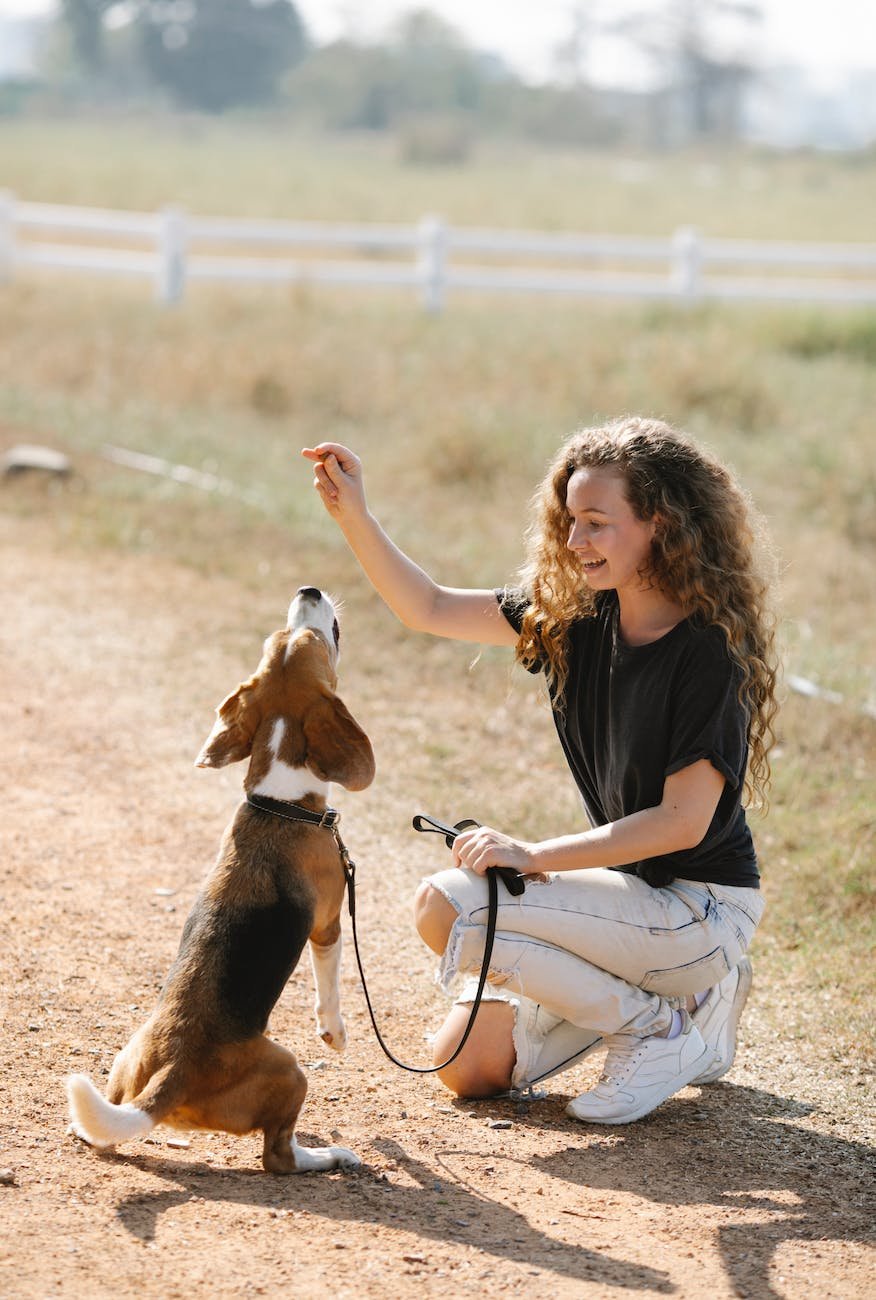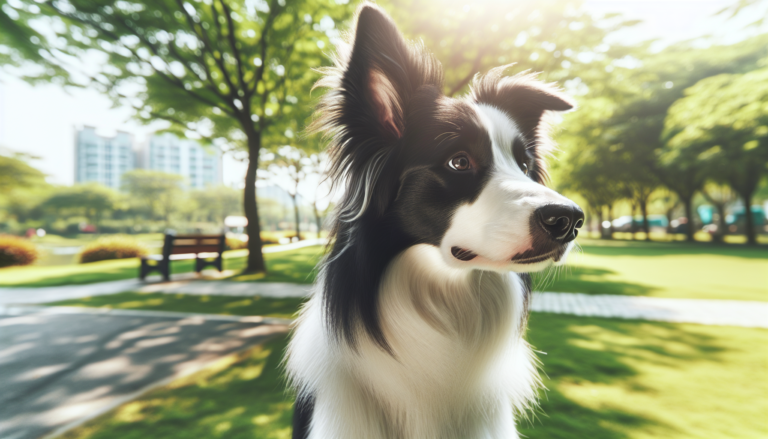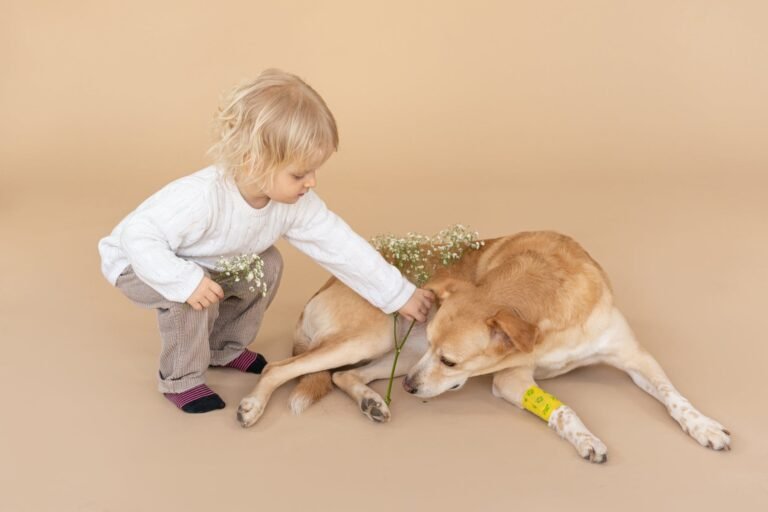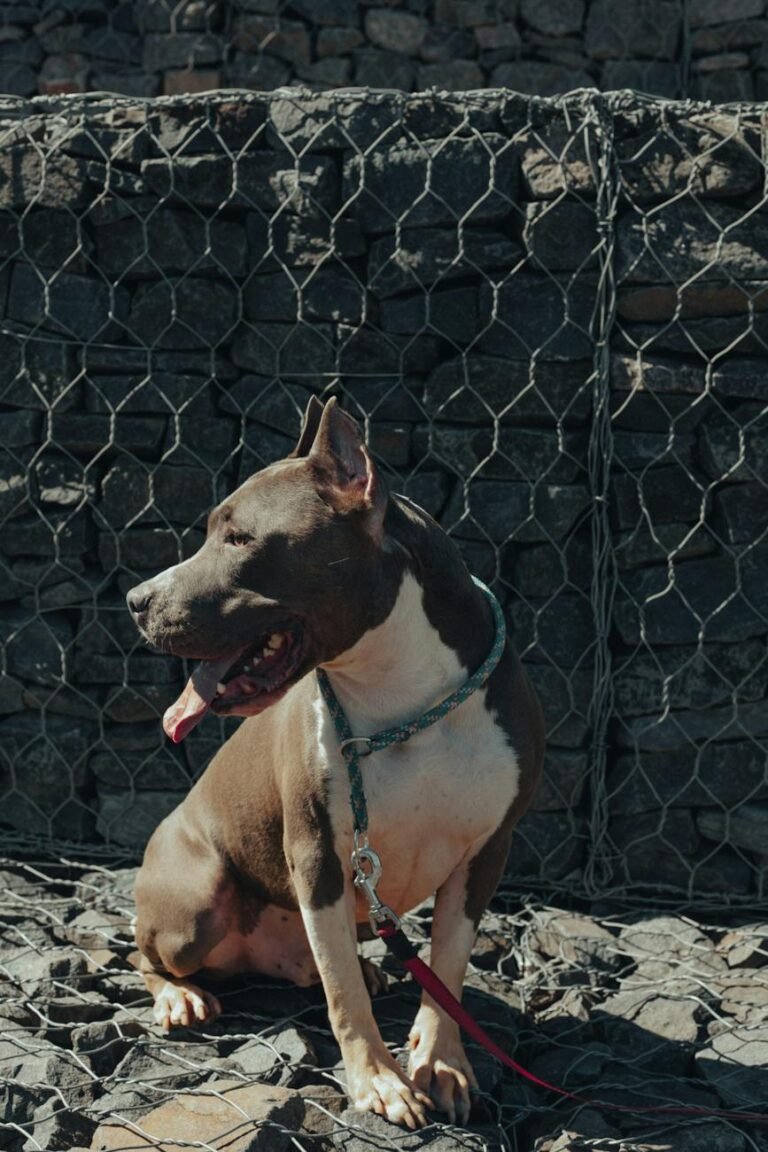Unleash the Genius: Top Easy-to-Train Dog Breeds for Smart Owners
Choosing the Right Dog Breed for Your Lifestyle
When considering adding a furry friend to your family, it’s important to choose a dog breed that aligns with your lifestyle and preferences. Trainability is a key factor to consider as it can greatly impact your experience as a dog owner. Understanding the trainability of different dog breeds and considering relevant factors will help you make an informed decision.
Understanding Trainability in Dog Breeds
Trainability refers to a dog’s ability and willingness to learn and follow commands. Some breeds are naturally more inclined to be obedient and quick learners, while others may require more patience and consistent training. Easy-to-train dog breeds are known for their intelligence, willingness to learn, and ability to pick up new commands and behaviors relatively quickly.
According to DogTime, some popular easy-to-train dog breeds include Border Collies, Labrador Retrievers, German Shepherds, Golden Retrievers, and Poodles. These breeds are known for their intelligence and trainability, making them a great choice for owners looking for dogs that can easily learn and follow commands.
Factors to Consider in Dog Breed Selection
When selecting a dog breed based on trainability, there are a few important factors to consider:
-
Breed Characteristics: Each breed has its own unique characteristics, including trainability. Research specific breeds to understand their typical temperament, energy levels, and any breed-specific training considerations.
-
Activity Level: Consider your own activity level and lifestyle. Some breeds require more exercise and mental stimulation than others. If you have an active lifestyle and enjoy spending time outdoors, a breed that thrives on exercise and mental challenges may be a good fit for you.
-
Experience and Time: Assess your experience with dog training and the amount of time you can dedicate to training. While some breeds are easier to train, all dogs require consistent and patient training. If you’re a first-time dog owner or have limited time for training, you may want to consider breeds that are known to be more forgiving and adaptable.
-
Family and Living Situation: Take into account your family dynamics and living situation. Consider whether the breed is known to be good with children, other pets, or if they are suitable for apartment living. Different breeds have different socialization and training needs.
Remember, trainability is just one aspect to consider when choosing a dog breed. It’s also essential to think about factors such as size, shedding, exercise requirements, and any breed-specific health concerns that may be important to you. Conduct thorough research, consult reputable sources, and consider seeking guidance from professionals or experienced dog owners to ensure you find the perfect match for your lifestyle.
For additional guidance on choosing the right dog breed for your specific needs, you can explore resources on best dog breeds for families, hypoallergenic dog breeds, guard dog breeds, low maintenance dog breeds, dog breeds for kids, family-friendly dog breeds, small dog breeds for apartments, dog breeds for first-time owners, and companion dog breeds. These resources can provide further insights into various breeds’ characteristics and help you make an informed decision.
Easy-to-Train Dog Breeds
When it comes to finding an easy-to-train dog breed, there are several options that stand out for their intelligence, trainability, and willingness to please their owners. If you’re looking for a dog that is quick to learn and responds well to training methods, consider the following breeds:
Border Collies: The Canine Einstein
Border Collies are often considered the most intelligent dog breed. They possess a remarkable ability to understand and follow commands, making them highly trainable. With their natural herding instincts, Border Collies excel in various dog sports and activities, such as agility, obedience, and flyball. They thrive on mental stimulation and are eager to learn new tasks and commands. If you’re an active and dedicated owner who is willing to provide plenty of mental and physical exercise, the Border Collie may be the perfect match for you.
Labrador Retrievers: The Friendly Learners
Labrador Retrievers are renowned for their friendly and obedient nature, which makes them one of the easiest dog breeds to train. Their intelligence and eagerness to please their owners contribute to their trainability. Labs excel in obedience training and are often used as service dogs, therapy dogs, and search and rescue dogs. With their lovable and loyal personalities, they make excellent family pets and get along well with children and other animals.
German Shepherds: The Versatile Achievers
German Shepherds are known for their intelligence, loyalty, and versatility. They are highly trainable and excel in various roles, such as search and rescue, police work, and military service. German Shepherds are quick to learn and have a strong desire to work, making them an ideal choice for owners who are looking for a trainable and protective companion. With proper training and socialization, these dogs can be excellent family pets and fiercely loyal protectors.
Golden Retrievers: The Obedient Family Pets
Golden Retrievers are beloved for their friendly and obedient nature. They are highly trainable and possess a strong desire to please their owners. Golden Retrievers excel in obedience training and are often successful in activities such as therapy work and assistance dog training. Their gentle temperament and patience make them great family pets, especially for households with children. If you’re looking for a trainable and affectionate companion, the Golden Retriever may be the perfect choice.
Poodles: The Intelligent Performers
Poodles are known for their intelligence and versatility. They are highly trainable and excel in various activities, such as obedience, agility, and even therapy work. Poodles come in different sizes, including standard, miniature, and toy, providing options for different living situations. With their hypoallergenic coat and low-shedding nature, they are also a popular choice for individuals with allergies. Poodles thrive on mental stimulation and enjoy learning new tasks and tricks, making them a fantastic choice for owners who are looking for a trainable and adaptable companion.
By considering these easy-to-train dog breeds, you can find a four-legged companion that will be responsive to your training efforts and make the training process a rewarding experience. Remember that consistency, positive reinforcement techniques, and mental stimulation are key factors in successful dog training. For more information on different dog breeds and their suitability for various lifestyles, be sure to explore our articles on best dog breeds for families, hypoallergenic dog breeds, and dog breeds for kids.
Training Timeline for Different Breeds
When it comes to training your dog, the timeline can vary depending on the breed’s trainability and individual characteristics. Some breeds are quick learners, while others may require more time and patience. Understanding the training timeline can help you set realistic expectations and tailor your training approach accordingly.
Highly Trainable Breeds: Quick Learners
Highly trainable breeds, such as Border Collies, German Shepherds, and Poodles, are known for their intelligence and eagerness to please. These breeds tend to learn new commands and behaviors relatively quickly, making them excellent candidates for obedience training. Basic obedience training for these breeds can be accomplished within a few weeks (TryFi).
| Breed | Training Timeline for Basic Obedience |
|---|---|
| Border Collie | Few weeks |
| German Shepherd | Few weeks |
| Poodle | Few weeks |
Moderately Trainable Breeds: Energetic and Enthusiastic
Moderately trainable breeds, such as Golden Retrievers, Labrador Retrievers, and Boxers, have high energy levels and an enthusiastic nature. While they are still highly trainable, they may require slightly more time and consistency during the training process. Basic obedience training for these breeds typically takes around two to three months (TryFi).
| Breed | Training Timeline for Basic Obedience |
|---|---|
| Golden Retriever | 2-3 months |
| Labrador Retriever | 2-3 months |
| Boxer | 2-3 months |
Breeds Requiring More Time and Patience
Certain breeds, such as Basset Hounds, Beagles, and French Bulldogs, may require more patience and time during the training process. These breeds have their unique traits and characteristics, which can influence their trainability. Basic obedience training for these breeds can take around three to six months, as they may need extra time to grasp and master commands (TryFi).
| Breed | Training Timeline for Basic Obedience |
|---|---|
| Basset Hound | 3-6 months |
| Beagle | 3-6 months |
| French Bulldog | 3-6 months |
It’s important to note that individual factors, such as consistency in training, socialization, and the bond between you and your dog, can also influence the training timeline. Additionally, small breeds like Chihuahuas, Shih Tzus, and Pomeranians can vary in trainability, and the training timeline for basic obedience can take around two to four months on average (TryFi).
No matter the breed, training your dog requires patience, consistency, and positive reinforcement techniques. Understanding the typical training timeline for different breeds can help you plan and adapt your training methods accordingly. Remember to celebrate small victories and seek professional guidance if needed. With time and dedication, you can help your furry companion become a well-behaved and obedient member of your family.
Tips for Training Your Dog
When it comes to training your dog, there are several key tips and techniques that can help you achieve success. Training should be a positive and rewarding experience for both you and your furry friend. Here are some important tips to keep in mind:
Positive Reinforcement Techniques
One of the most effective approaches to training your dog is through positive reinforcement. This technique involves rewarding your dog for exhibiting the desired behavior. Whether it’s offering treats, praise, or playtime, positive reinforcement helps to reinforce good behavior and encourages your dog to repeat it. Avoid punishment-based methods, as they can lead to fear and anxiety in your dog. Instead, focus on rewarding and praising your dog when they respond correctly.
Consistency and Patience in Training
Consistency and patience are key when it comes to training your dog. Dogs thrive on routine and clear expectations. Establish consistent rules and boundaries from the beginning, and be patient as your dog learns and adjusts. Remember that dogs learn through repetition, so it’s important to consistently reinforce the desired behaviors. Stay calm and composed during training sessions, and avoid becoming frustrated or impatient. Consistency and patience will help build a strong foundation for effective training.
Mental Stimulation and Exercise
In addition to formal training sessions, it’s important to provide your dog with mental stimulation and regular exercise. Dogs are intelligent creatures that need mental challenges to stay engaged and happy. Engage in interactive play, provide puzzle toys, and incorporate obedience exercises into your daily routine. Mental stimulation helps prevent boredom and can contribute to a well-trained and balanced dog. Along with mental exercise, regular physical exercise is also essential. Take your dog for walks, play fetch, or engage in other activities that suit their breed and energy level. A tired dog is more likely to be focused and receptive during training sessions.
By utilizing positive reinforcement techniques, maintaining consistency and patience, and providing mental stimulation and exercise, you can set your dog up for success in their training journey. Remember that each dog is unique, and training may take time and effort. Be sure to celebrate small victories along the way and enjoy the journey of bonding with your canine companion.







